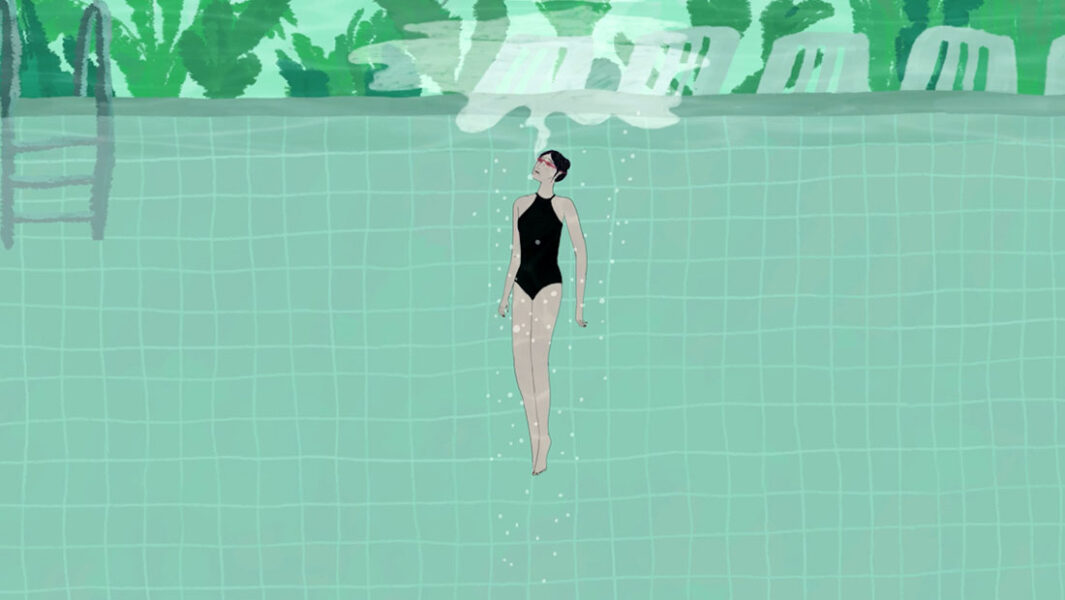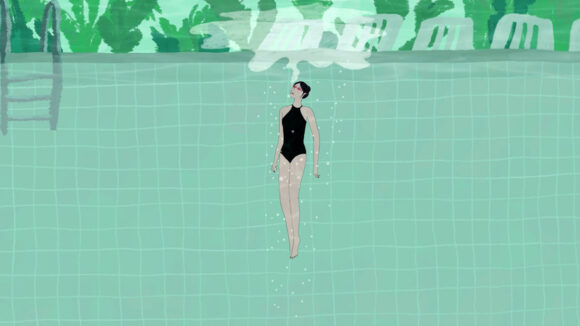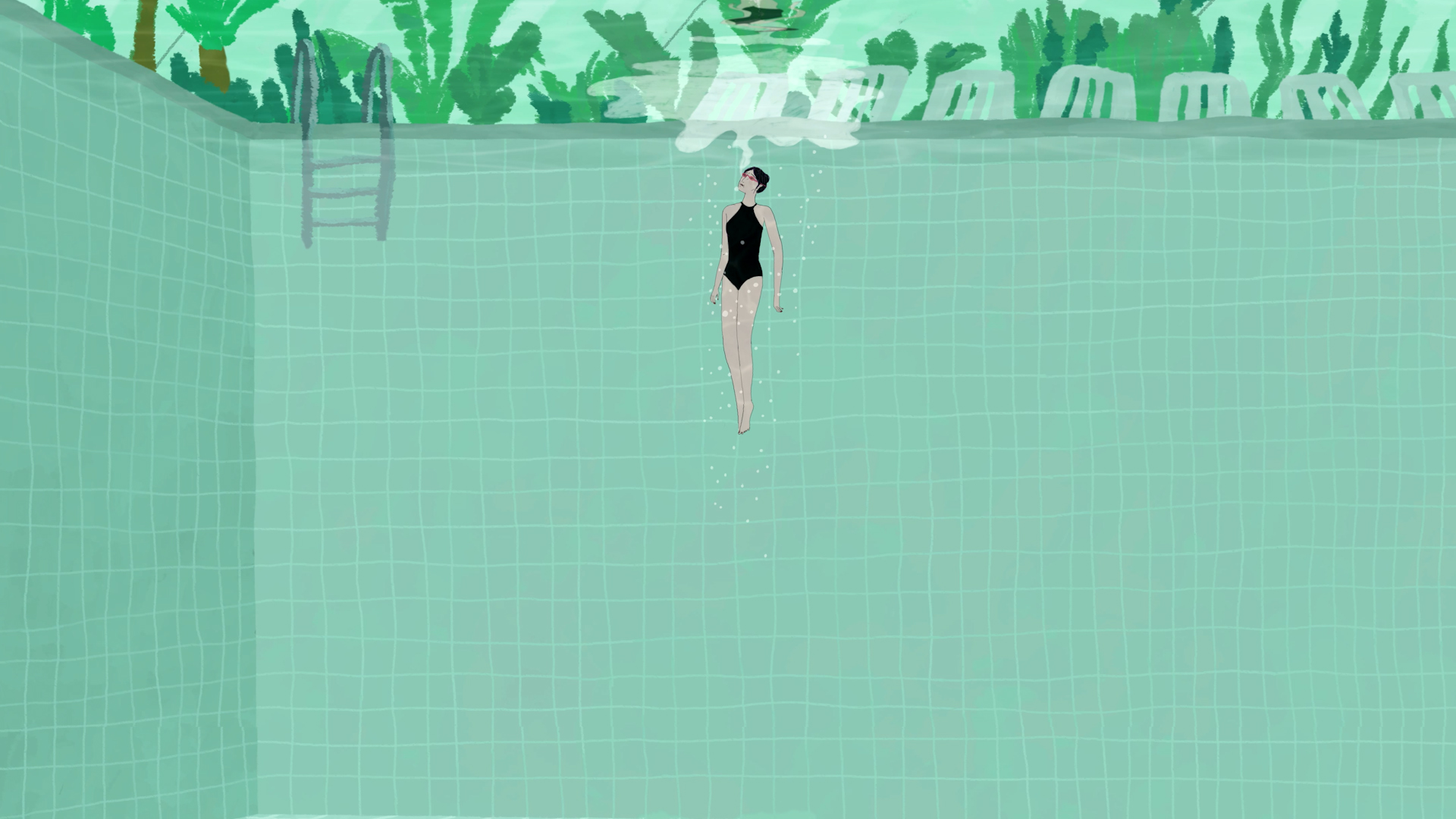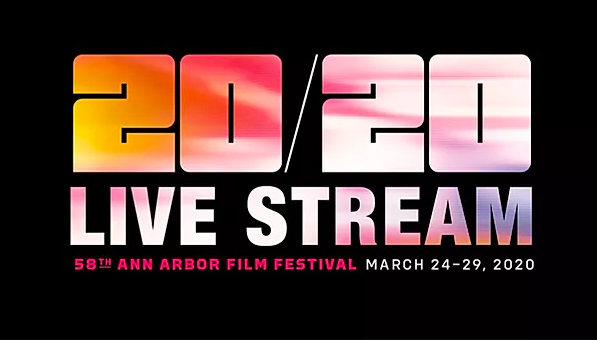

How Filmmakers Are Adapting To The Rise Of Virtual Festivals
What makes a festival a festival?
The spread of the coronavirus has raised this question, like so many others, with unexpected urgency. With mass gatherings banned for the foreseeable future, organizers of upcoming film festivals face a critical decision: to postpone or cancel their edition, or move it online in some form. Many have gone with the latter option, from big hitters like SXSW and Ann Arbor to more boutique events like the U.K.’s Cardiff Animation Festival.
Organizers who decide to go virtual then have a barrage of choices to make. Do they live-stream their programs or package them as video-on-demand screenings? Do they geo-restrict the films? Do they incorporate industry events like Q&As? Do they charge viewers? Pay filmmakers? And where will they find the infrastructure to host a virtual festival? (Many are partnering with existing platforms like Vimeo. In SXSW’s case, the initiative was organized by tech company Mailchimp and distributor Oscilloscope, and the festival gave its blessing.)
Pressed for time, organizers are more or less improvising, and a range of approaches have been taken so far (Short of the Week has a good round-up). Filmmakers and distributors look at the terms of each virtual festival when deciding whether to let their work be shown. But their attitude may also be shaped by a broader consideration: what does it mean to take part in a festival with no physical community? And could this be the future?
For Thomas Renoldner, an online festival is better than none at all. His film Dont Know What, which he’s distributing himself, was accepted at Ann Arbor. When the festival shifted to live streaming, he kept his film in the program and took part in a remote Q&A. “It was a moment of distraction,” he says, “kind of a small escape from [the crisis], and I found it nice to experience the spirit of our art community.” Money wasn’t a concern: “I would rather donate money to them than asking for a fee — in this situation and with this particular festival.”
Caroline Attia agrees. Her film Northern Lights has just begun its festival run, “at the worst time possible.” Its next screening will be in Aubagne Festival’s online edition. “I think it’s a good opportunity during this very peculiar time to still put the film out there for the public to see,” she says. Crucially, the film will only be streamable for one day, “so that it doesn’t jeopardize possible other festival screenings.”
As Attia suggests, virtual festivals are threatening the delicate ecosystem of short film distribution, in which online play can prevent a work from being considered by other festivals or buyers. A Film Festival Survival Pledge has been launched to establish temporary exceptions to industry rules. Over a hundred festivals and other organizations in the U.S. have signed it so far — a decent number, yet still only a tiny portion of the industry.
As the head of Miyu Distribution, Luce Grosjean represents a wide roster of animation filmmakers, and several virtual festivals have approached her in recent weeks. Often, the films in question have been pre-sold to channels like Arte, which poses obstacles to streaming: “The channels can be flexible, but if the festivals don’t make an effort, it’s hard to give them the rights… [Some festivals] don’t consider our issues and only try to address their own problems. In contrast, some are happy to play the geo-restriction game, and to pay.”
Money can be a clincher. When the organizers of the SXSW virtual screenings offered $3,000 apiece to stream Symbiosis and Chicken of the Dead, two films Grosjean distributes, for a month, she gladly accepted. As for her filmmakers, a key consideration is whether they can use a festival’s laurel. As far as Grosjean is concerned, if a festival officially announced a lineup for a real-life edition that was subsequently cancelled, any film included in that lineup can legitimately use the laurel.

When a film is barred from virtual festivals by prior distribution arrangements, it can lose a significant part of its target audience. As Theodore Ushev, director of The Physics of Sorrow, puts it, the situation “basically kills my film. And I’m not happy at all with this. I understand the efforts of the festivals to keep going, save their funding. But what about the filmmakers? We are in a catch-22 situation. Selected at festivals [but unable] to show our works.”
But for Ushev, the problem of virtual festivals isn’t just logistical — it’s philosophical: “Honestly, this whole idea questions the concept of film festivals, as a place that you meet fellow directors, public, professionals…”
In this view, Ushev isn’t alone. Sean Buckelew allowed Ann Arbor to keep his film I’m Not a Robot for their online stream. He hadn’t been planning to premiere it online just yet, but the coronavirus crisis changed his mind. In his view, the festival “did an amazing job, they really pivoted to online at the zero hour and managed to pull it off.”

But when he received an offer for another virtual festival, Buckelew refused. “Since the internet is basically all one space,” he says, “it removes the excitement of each festival bringing in a unique audience of certain people in a certain place… Curation and context are super-important, but it also seems like at a certain point, if you kept showing the same film over and over at different festivals that had moved online, you may as well just upload it yourself permanently.”
One festival that has chosen to preserve the real-life experience is GLAS. After canceling its edition in Berkeley last month, it opted to host a scaled-down festival in L.A. later in the year. That said, the festival may incorporate virtual events in the future, as its director Jeanette Bonds explains: “We aren’t fundamentally opposed to live-streaming events… but when the time comes [to do one] we’d like for it to be something that was intended for that format by design. We’ve also been exploring the idea of doing more live-stream Q&As with artists and directors.”
If the coming months prove that virtual festivals are technically feasible — and commercially viable — they may remain an important fixture of the circuit even once the crisis has passed. Renoldner sees an upside to this: “I do feel that festival tourism has also become too intense in the past decades. To visit numerous festivals in one year isn’t very nice for our planet.”
However, like everyone else, he believes that the online experience is ultimately no substitute for real-life festivals. “Final answer: I am sure that physical festival — at least the good ones — will of course survive.”
(As originally phrased, this article implied that SXSW itself is organizing the virtual festival held in its name, which is in fact an initiative by Mailchimp and Oscilloscope. The text has been amended to reflect this.)

.png)